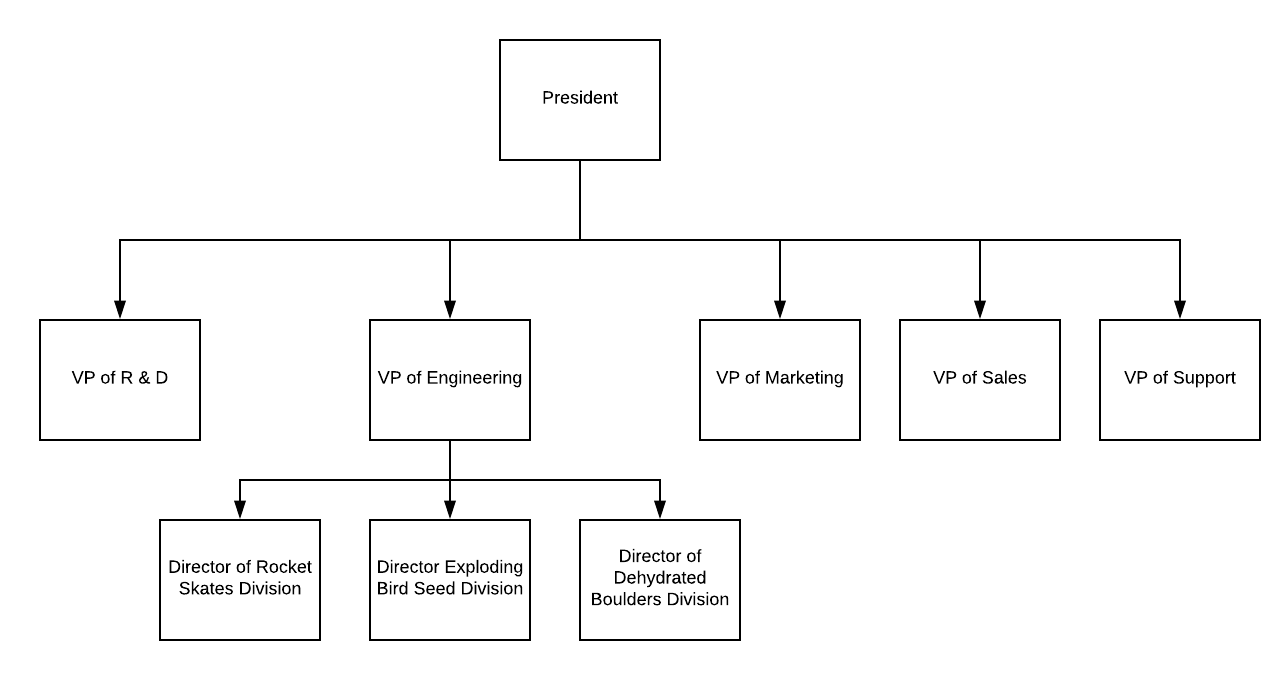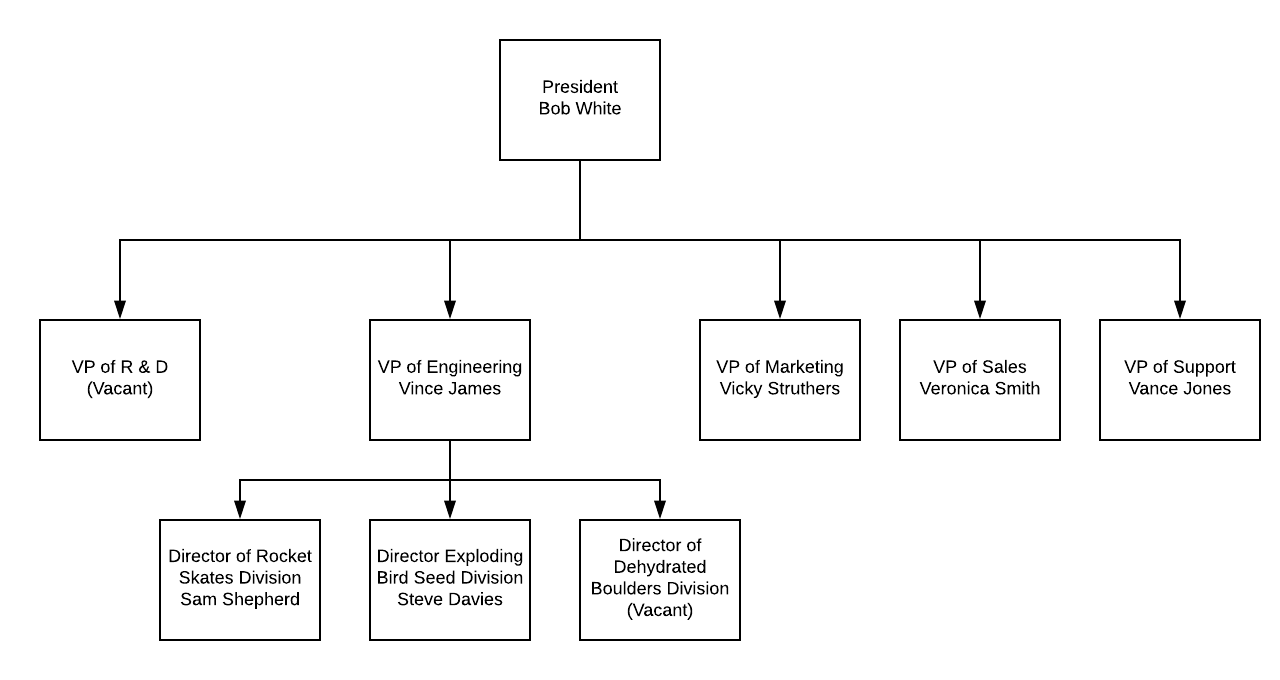Managing Job Positions and Employees
This month we created functionality for managing job positions and employee records, including:
- Job positions.
- Employee records.
- Org chart functionality.
Job Positions
In Basis HR, a position is a collection of information that represents the placement of an employee within an organization. This includes:
- Position definition and classification in traditional HR terms.
- The organization (business unit) where the position exists.
- The professional ladder (if any) used to assess employees filling the position.
Positions Versus Ladders
One might ask: Why not use professional ladders as positions? We considered this at length, and even prototyped a couple of approaches.
While it's true that a position and a ladder are very similar, we feel they serve two distinct purposes:
- A position represents classification and organization, and is more about placement.
- A ladder represents assessment and development.
Both objects help to inform strategy and recruitment, but in practical terms, they represent different processes and activities.
Separating the position from the ladder means more flexibility in defining the organization and its employment needs.
Org Charts

Last month, we talked about our implementation of organizational structure. Whereas organizations in Basis HR represent structure, positions are used to represent hierarchy.
When a position is associated with a business unit it may also be identified as the leader of that unit. This allows positions to form an organizational chart without necessarily knowing who fills each position.
The level of each organization record may also be used to establish the relative level at each position operates.
This is especially useful in strategy and recruitment because it reveals the implied urgency for filling vacated positions.
Employee Records
An employee record is more or less what one would expect from an HR system, including:
- Basic information such as name, gender, marital status, etc.
- Actual compensation and tax-related information.
- Classification information, especially with regard to jurisdictional requirements.
Addresses, personal contacts, and bank information (for direct deposit) is also included.
Support for Jurisdictions
Employee records will have built-in support for varying jurisdictional requirements. As we are based in the U.S., this support may not be needed right away. However, we wanted to implement jurisdictional support now so that the overall approach could be established for the future, thus (hopefully) eliminating any nasty surprises.
Although all areas of Basis HR are ready for translation and internationalization, we have elected to initially support three country-level jurisdictions; the United States, Canada, and Australia.
Populated Org Charts

Employees are connected with positions, and therefore with a specific business unit. This allows Basis HR to generate organizational charts that includes the names of those people at each position. If a position is vacant, we can note that as well.
Organizational charts may also be generated at any level of the organization. This is good because with the detail provided by the full org chart, the diagram can become quite large.
Generating the chart one or two levels from a given position allows for a more focused view of the positions and people involved.
Conclusion
The functionality created this month was a lot of work. We allowed quite a bit of scope creep into this area of the tool because we wanted to capture, as much as possible, the full data structure for positions and employee records. Some of this data won't be used for a while.
We've reach a major milestone with the features implemented thus far. Although specific payroll integration has not been implemented, a business could run most of their HR from the tool.
Next month: Professional ladders and assessments.